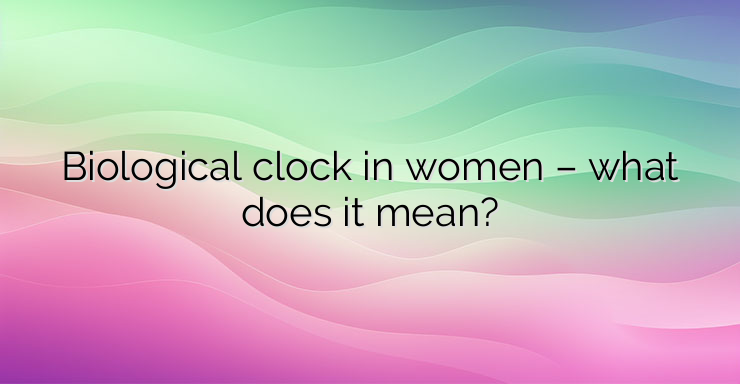Hey there! Did you know that when a girl is born, she already has around 450,000 eggs in her ovaries? That’s a lot, right? Well, as she grows up and starts menstruating, her ovaries take turns releasing an egg each month, waiting for that special moment when it can potentially be fertilized.
But here’s the thing, only a tiny fraction of those eggs will ever get the chance to make a baby. Most of them just fade away with time. And when a woman hits menopause, it’s because her body starts producing less of two key hormones: follicle-stimulating hormone (FSH) and inhibin B.
You might notice some signs of menopause creeping in, like those infamous “hot flashes,” dryness down there, and mood swings that seem to come out of nowhere. It’s all part of the journey.
Now, when exactly menopause hits can vary from woman to woman. Sure, genetics play a role, but so do things like exposure to toxins, illnesses, surgeries, and other changes in the body. Typically, women hit perimenopause (the stage before menopause) between 45-49 and reach full menopause between 49-52.
But here’s something interesting: as women age, the quality of those eggs takes a hit. After 35, they’re more likely to have abnormal chromosomes, which can lead to issues if they’re fertilized. Even young women aren’t immune, with about 60% of their eggs having abnormalities.
As women get older, that number skyrockets. By 40, it’s around 80%, and by 45, it’s up to 85-90%. If one of those wonky eggs does get fertilized, it can lead to aneuploidy, which increases the risk of pregnancy loss or birth defects like Trisomy 21 (Down syndrome).
It’s a bit scary, right? But it’s also important to know. Understanding how our bodies work can help us make informed choices about our health and fertility.


Leave a Reply